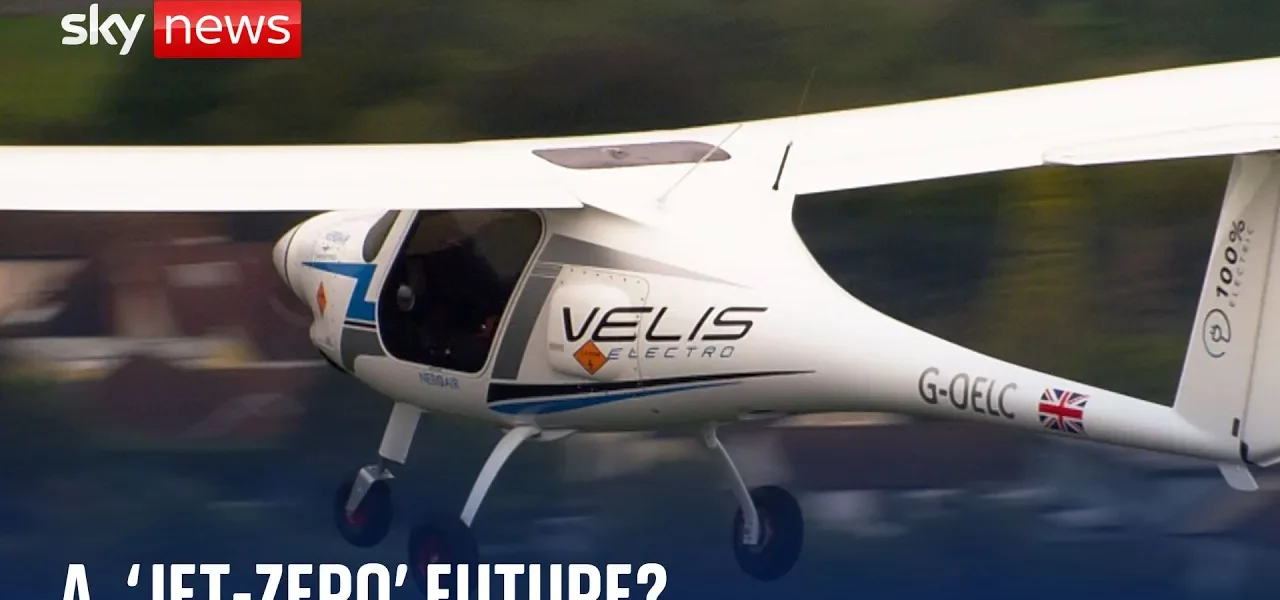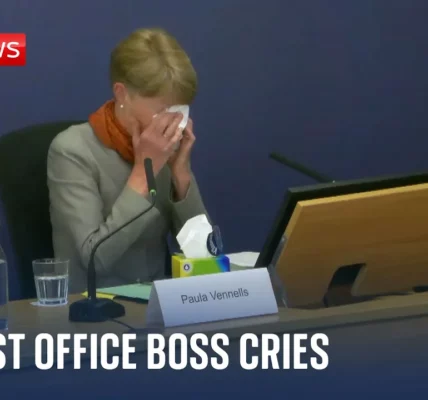Student Pilot Cameron Taylor Trains on a Groundbreaking Electric Aircraft

Join us as we delve into the innovative world of electric aviation through the eyes of Cameron Taylor, a student pilot who is embracing a greener future with his training on a fully electric aircraft.
Introduction to Electric Aviation
The aviation industry is at a pivotal moment as it seeks to reduce its carbon footprint and embrace sustainable technologies. Electric aircraft are emerging as a significant player in this transformation. Cameron Taylor, a student pilot, is training on an aircraft that is not just revolutionary in its design but also in its environmental impact. This article explores the features and advantages of electric flying, Cameron’s personal experiences, and the future of aviation as we move towards sustainable practices.
Understanding Electric Aircraft
Electric aircraft are designed to operate with minimal environmental impact. Unlike traditional airplanes that rely on fossil fuels, electric aircraft are powered by batteries, leading to zero emissions during flight. This section will provide an overview of how these aircraft function and their benefits.
Key Features of Electric Aircraft
- Zero Emissions: Electric aircraft produce no emissions during operation, promoting cleaner air.
- Reduced Noise: These aircraft operate more quietly than conventional planes, making them suitable for urban areas.
- Simplified Controls: Electric aircraft typically have fewer moving parts, making them easier to fly.
- Efficient Charging: The battery can be charged in approximately 45 minutes, similar to charging an electric car.
Cameron’s Journey to Becoming a Pilot
Cameron Taylor is training to fly a fully electric aircraft, which he describes as both greener and easier to operate compared to traditional planes. His experiences highlight the shift in pilot training towards sustainability.
The Training Experience
During his training sessions, Cameron appreciates the simplicity and efficiency of flying an electric aircraft. With only four main switches to monitor, he can focus more on the flying experience rather than complicated controls.
Flight Insights
- Initial Flight: Cameron’s first flight with instructor Adam Twiddle was a significant milestone, where they confirmed pressure settings and explored the aircraft’s capabilities.
- Range Awareness: Contrary to common concerns about range anxiety when flying electric, Cameron feels well-informed about battery levels and endurance, transforming potential anxiety into “range excitement.”
The Future of Electric Aviation
The electric aircraft that Cameron is training on is the first of its kind certified to fly in the UK and Europe. This pioneering technology represents the beginning of a new era in aviation.
Generational Shift in Aviation
The company behind the electric flying school believes that young pilots like Cameron will be instrumental in advancing the electric aviation movement. As these pilots become the next generation of aviators, the demand for electric and sustainable flying will likely grow.
Current Limitations and Alternatives
While electric flight is primarily limited to smaller aircraft and short distances, other greener aviation alternatives are emerging:
- Sustainable Aviation Fuel: A promising, yet still developing, alternative that reduces carbon emissions.
- Hydrogen-Powered Flight: An innovative concept that is currently in its infancy, with potential for future development.
Conclusion
Cameron Taylor’s training on a fully electric aircraft is not just a personal achievement; it symbolizes a major shift towards sustainable aviation. As electric flight continues to evolve, it opens up a world of possibilities for a fossil fuel-free future in the skies. If you’re interested in learning more about electric aviation and its impact on the environment, explore our related articles on sustainable flight technologies.
“`




